Master Linux Permissions | Linux DevOps Bootcamp
 Muhammad Irfan
Muhammad Irfan
1. Introduction
The session was conducted by @BabarZahoor. It is a part of Linux DevOps Bootcamp-2022. He taught professionally all the basics of user and group permission while working in the organization. This tutorial elaborated the essentials of Linux permissions, explaining how to manage user and group permissions for files and directories. It provides practical examples and commands to help viewers understand and implement permission settings effectively.
- Introduction to Linux permissions: Understanding the importance of permissions in user management, an overview of permission types, and basic concepts and terminology.
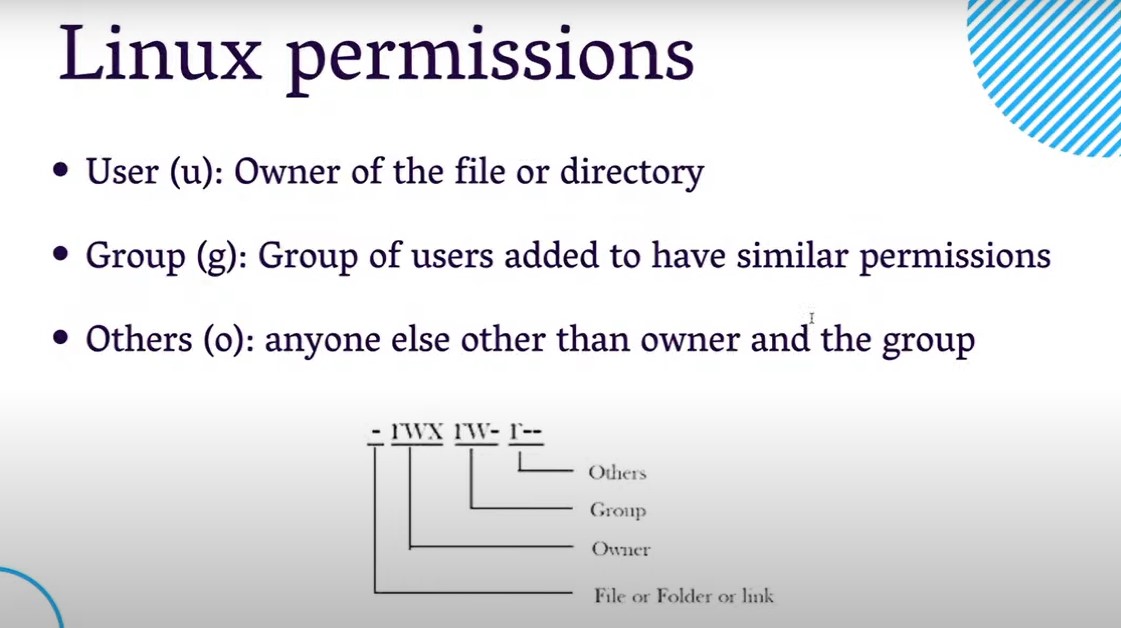
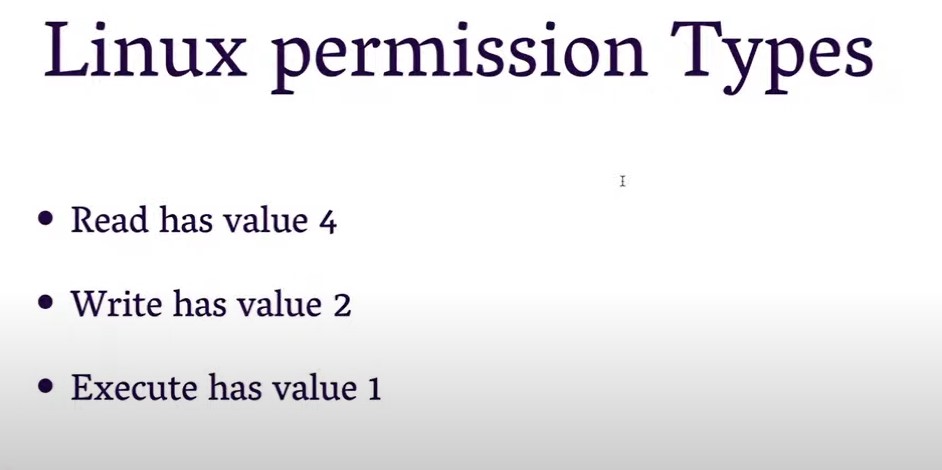
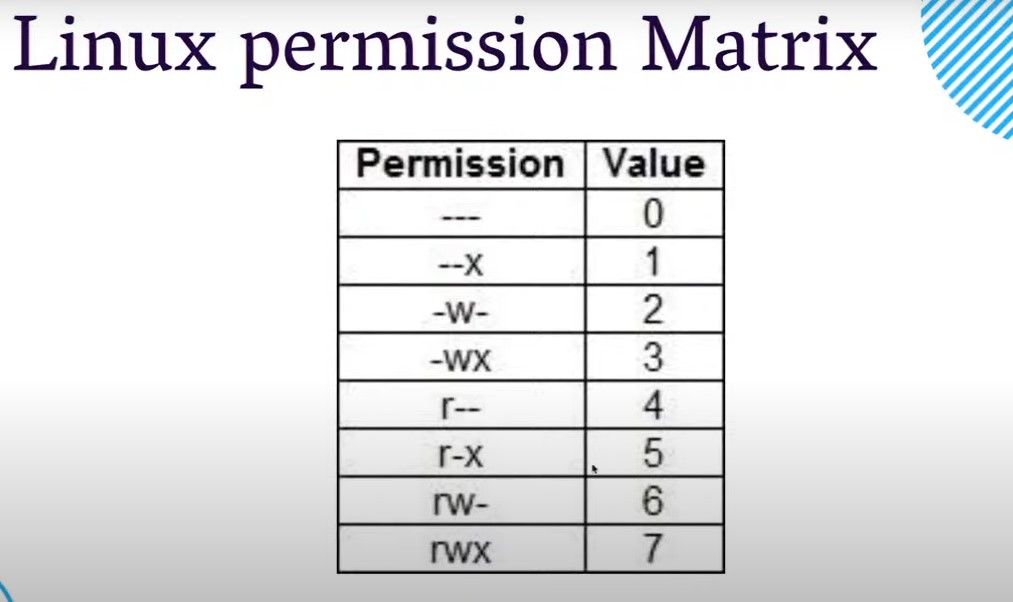
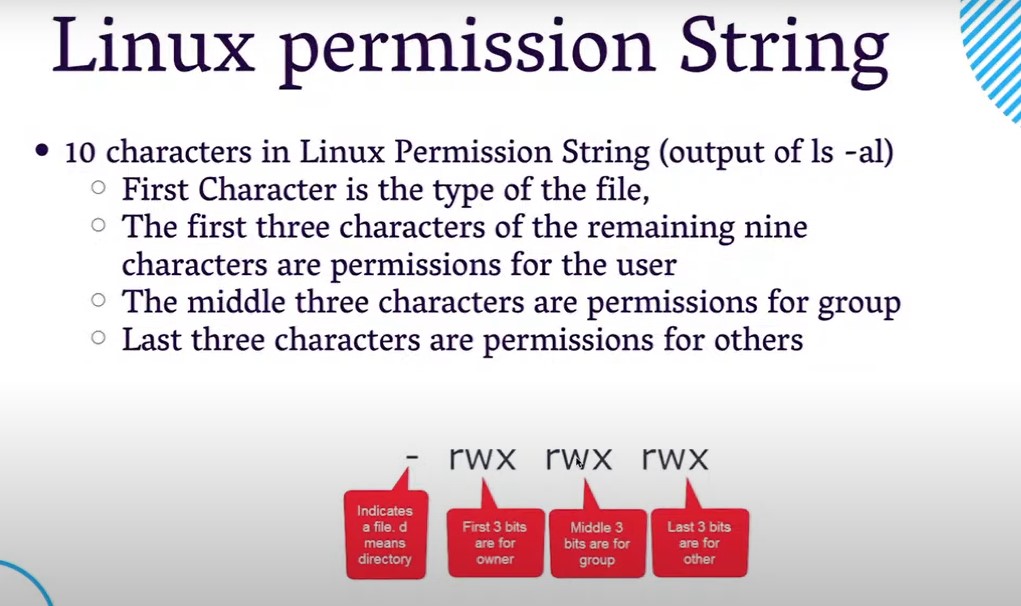
- Understanding file and directory permissions: Explanation of read, write, and execute permissions, how permissions are represented in Linux, and examples of different permission settings.
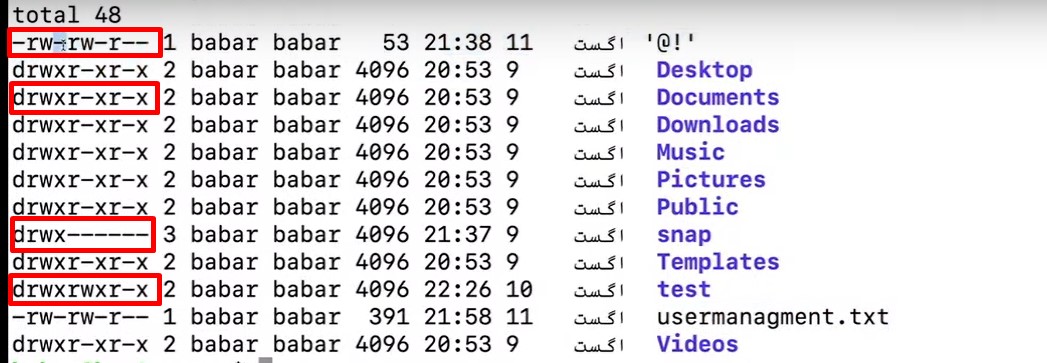
- Managing permissions using commands: Using
chmodto change permissions in symbolic and numeric modes, along with practical examples.
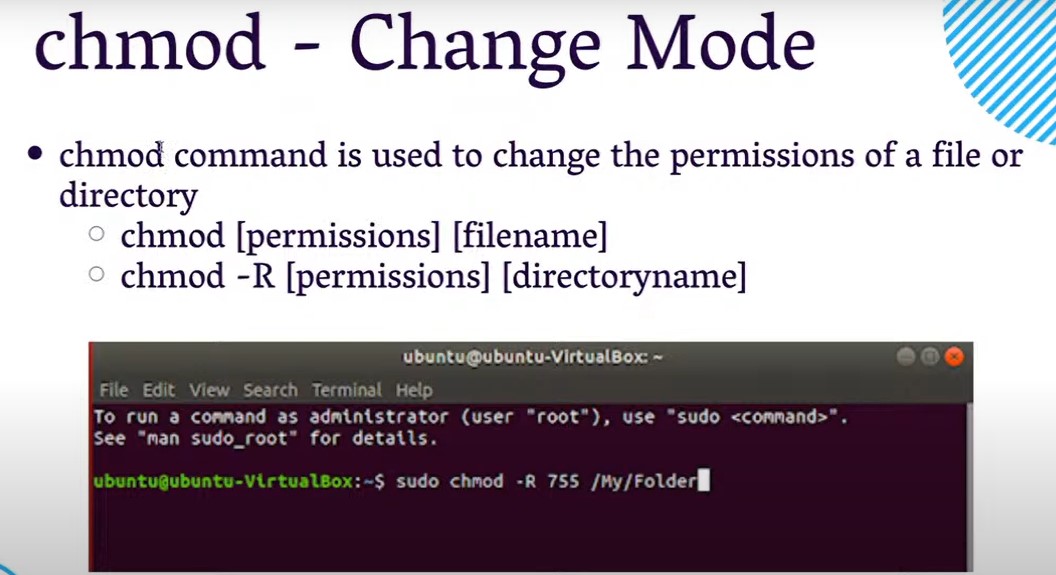
- Advanced permission settings: Setting permissions for groups and others, changing ownership with
chown, and applying recursive permission changes with the-Roption.

- Practical demonstration: Live demonstration of changing permissions, common issues and troubleshooting, and best practices for managing permissions.
2. Importance of User & Group Permissions
This highlighted and discussed Linux file permissions, focusing on the importance of setting correct permissions to maintain system security. It explains how to change ownership and permissions using commands like chmod and chown, and highlights the risks of improper permission settings.
- Changing file permissions: Using
chmodto change permissions, understanding the risks of setting permissions to 777, and emphasizing the importance of security in permission settings.
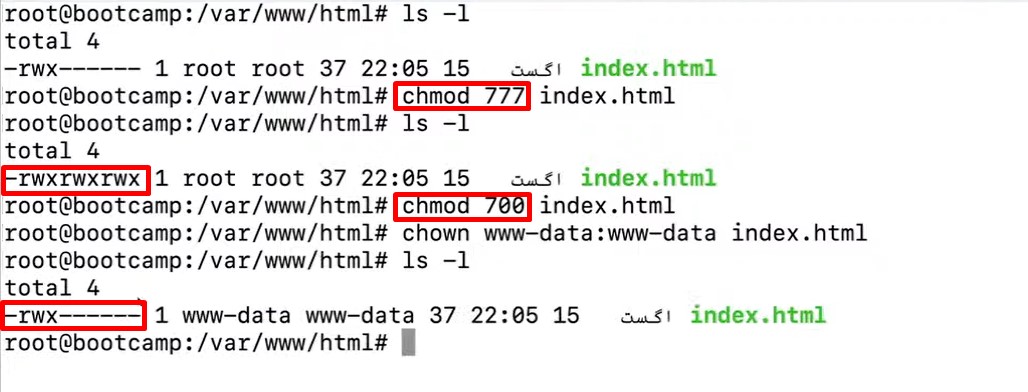
- Ownership and permissions: Changing ownership with
chown, for example, setting ownership towww-data, and avoiding insecure permission settings.

Recursive permissions: Using the
-Roption for recursive changes is important for setting permissions for all subdirectories, such as changing permissions for web server directories.Default permissions: Understanding
umaskvalues, setting default permissions for new files and directories, and an example of settingumaskto 022.
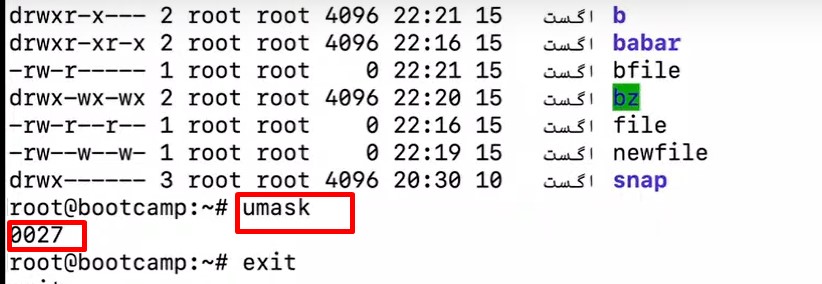
- Specific user permissions: Using
setfaclto set read permissions for a specific user and manage permissions for multiple users efficiently and effectively.
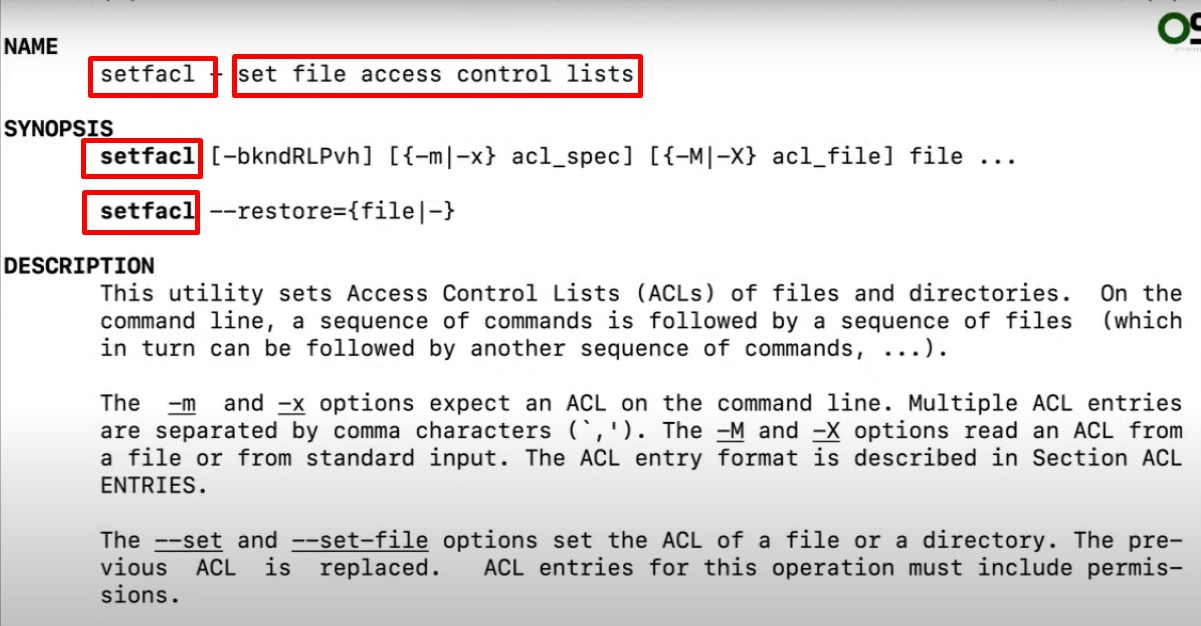
3. User and Group Administration
The more widely tutorial covers Linux permissions, focusing on user and group administration, command-line interface benefits, and resource management.
User and group administration: Check user permissions via command line and understand the importance of administrative rights.
Permissions and ownership: Here discussed in brief, how to change permissions and ownership using
chmodandchowncommands, emphasizing the importance of managing the system efficiently with correct permissions.
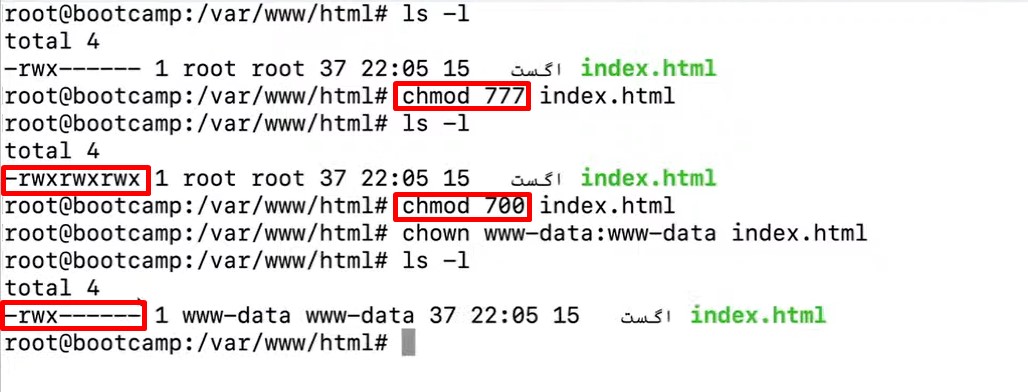
Command-line interface benefits: Resource efficiency, cost and carbon footprint reduction, and managing more users with fewer resources compared to a graphical interface.
Resource management: Here explains the cost implications of using more resources, the importance of efficient resource usage, and why cloud providers prefer the command-line interface.
4. Summary
This article covers the essentials of Linux permissions and their importance in user and group management. It details basic file and directory permissions, the use of commands like `chmod` and `chown` for changing permissions and ownership, and advanced permission settings. Additionally, it highlights the significance of correct permission settings for system security, discusses user and group administration, and examines the benefits of the command-line interface for resource management. Practical examples and demonstrations are provided to aid in understanding and implementing these concepts effectively.
Note: Credit goes to @BabarZahoor for delivering such professional and easy to understand content on linux permission.
Subscribe to my newsletter
Read articles from Muhammad Irfan directly inside your inbox. Subscribe to the newsletter, and don't miss out.
Written by

Muhammad Irfan
Muhammad Irfan
I am passionate about the transformative power of Linux, DevOps, and cloud technologies. With a background in system administration, I’m on a journey to master cloud infrastructure, automation, and containerization. On my GitHub, you’ll find projects where I explore automation, AWS, CI/CD, and scripting to solve real-world problems. 📚 Current Focus: Enhancing my expertise in Linux systems, AWS, and scripting. Here, I share insights and experiences from my hands-on projects to help and inspire fellow tech enthusiasts.